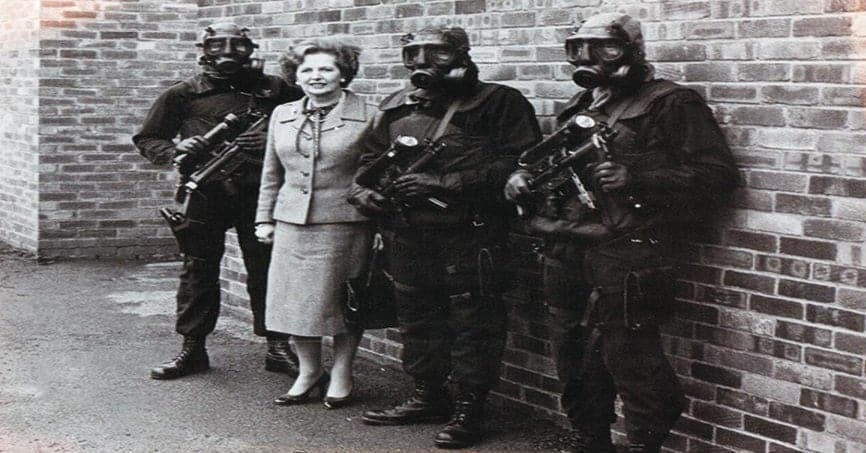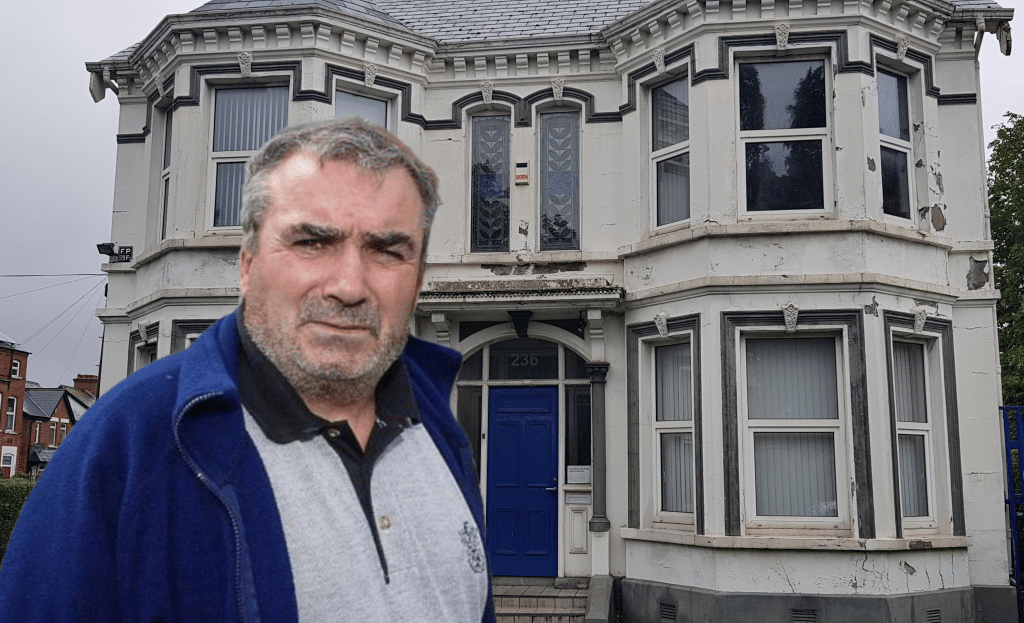
The stench of death associated with the Kincora child sex abuse scandal is heady.
It includes the murder of a Westminster MP by an MI5 agent inside the IRA. The murderous agent was Alfredo ‘Freddie’ Scappaticci. The victim was Robert Bradford, a member of the Ulster Unionist Party and the Vanguard Progressive Unionist Party. He represented Belfast South.
The death of Scappaticci earlier this year shut the door on the last realistic opportunity to solve Bradford’s murder. Operation Kenova, which has been probing the Scappaticci scandal for seven years, and has cost approximately €40,000,000, is unlikely now to establish what took place. The killing was linked to the cover-up of the Kincora Boys’ Home scandal.

There are other murders which are associated with Kincora. One of the most significant Loyalist terrorists of the period 1968-82, was John McKeague, a paedophile. He knew all about Kincora. McKeague was murdered by British agents when he threatened to spill the beans on the scandal.
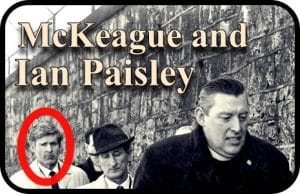
William McGrath, who was the ‘housefather’ at Kincora, was a British agent. He was involved in the clandestine importation of arms for Loyalist terrorists, including his own paramilitary organisation, Tara. Many people were shot dead due to the arms smuggling efforts of British agents inside Loyalist paramilitary circles such as McGrath.
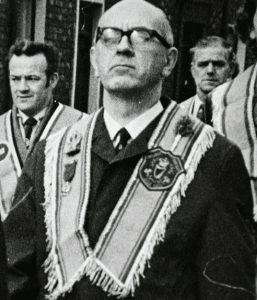
The cascade of death connected to Kincora did not end with murder. Sex-abuse victims committed suicide. One Kincora boy took his life after being violated by Lord Louis Mountbatten.
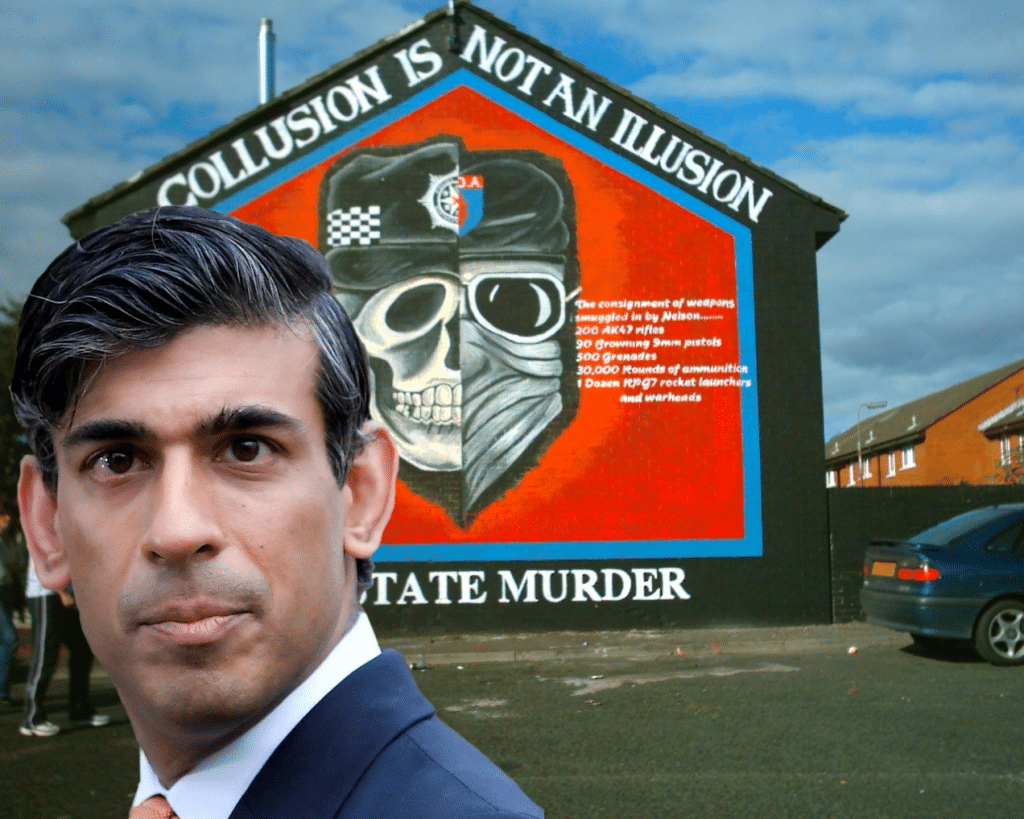
Rishi Sunak’s proposed legacy legislation, if passed, will help conceal the full extent of State-Loyalist collusion, some of which was linked to McGrath.
1. Honey Trap
MI5 and MI6 ran a ‘honey trap’ operation at Kincora Boys Home, a residence in Belfast for boys, aged 14 years and upwards, in the 1970s. Residents were trafficked to Loyalist politicians and paramilitaries, as well as VIPs, for sexual abuse. Some were molested at the home, others at hotels such as the Europa, Girton Lodge and Park Avenue in Belfast, as well as the Queen’s Court in Bangor.
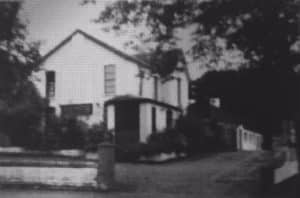
‘Kompromat’ or dirt was collected about politicians and paramilitaries. Some were blackmailed into working for the intelligence services.
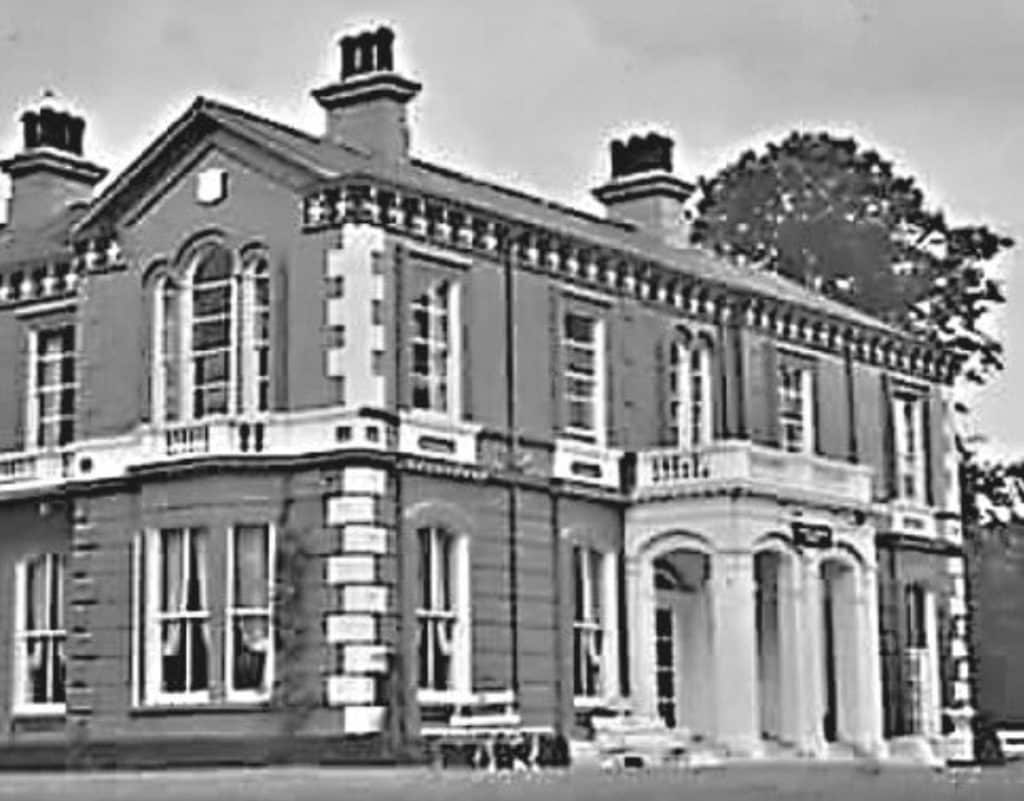
The British Establishment applied a double coat of whitewash over Kincora in an attempt to cover up the full extent of this scandal decades ago. A lot – but not all of it – has been peeled away by survivors, whistleblowers and obstinate truth-seekers.
2. Driven to suicide
Eric Witchell is a paedophile. He now lives in London. In the 1970s he ran Williamson House in Belfast where he preyed on pre-pubescent boys and young teenagers. He and his accomplices drove at least three of them to commit suicide; another two to attempt it. A select few were transferred to Kincora when they reached 14.
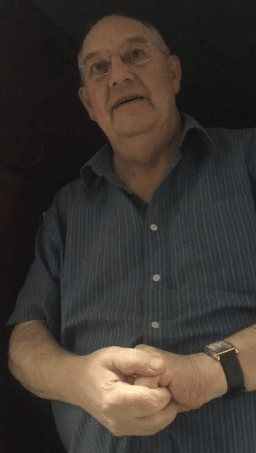
Witchell was not interviewed by any of the various inquiries into Kincora.
Stephen Waring, one of the residents of Kincora, ran away from the home in November 1977, a few months after being abused by Lord Mountbatten at Classsiebawn, County Sligo. Waring made it as far as Liverpool where he was captured and put on the Ulster Monarch car ferry destined for Belfast. He never made it home. Apparently, he jumped overboard to his death. His body was never found.
The Garda have retained the security logs which record the visitors to Classsiebawn in 1977 but have declined to disclose them to me and Andrew Lownie, Mountbatten’s biographer. They undoubtedly record the arrival of Joe Mains, the Warden of Kincora, in a vehicle with boys, including Waring, who was seated in the rear. I am frankly aghast that the Irish government – which could intervene – has no interest in helping the survivors of sex abuse committed in Sligo by ordering Garda Commissioner Drew Harris to release the security logs.
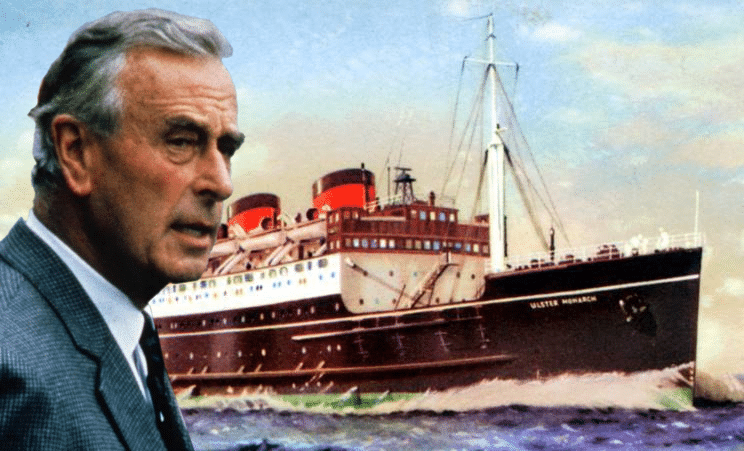
3. A dismembered child’s body in the Lagan
Brian McDermott, aged 10, disappeared from Ormeau Park on 3 September 1973. Part of his dismembered and charred body was found in a sack in the River Lagan a week later. The RUC discovered evidence that he was abducted and murdered by Alan Campbell, a founding member of the DUP. Campbell was also in Tara, a Loyalist paramilitary organisation, and was a friend of the paedophiles who ran Kincora. Colin Wallace, who worked at the British Army’s HQ at Lisburn, has told Village that the British Army, which had an interest in Tara, was alerted by the RUC that they were about to arrest Campbell. Then, suddenly, the police were ordered to stand down. Only the Northern Ireland Office (NIO) possessed that sort of authority. The security apparatus of the NIO was run by MI5 and Ministry of Defence officials. The manoeuvre ensured that the Kincora ‘honey trap’ operation did not unravel at that time.

Significantly, Campbell was a British agent. Authors Jack Holland and Henry McDonald, referred to him as the ‘Demon Preacher’ in their books, describing him as an obvious British agent.
Campbell and his cabal are suspects in the abduction of four other Belfast boys whose bodies were never recovered: Jonathan Aven, age 14, who disappeared on 20 September 1969; David Leckey, aged 12, who went missing on 25 September 1969; Thomas Spence, age 11, and John Rogers, aged 13, who both vanished on 26 November 1974.
Had the RUC been permitted to arrest Campbell, it is probable that young Spence and Rogers would still be alive today.
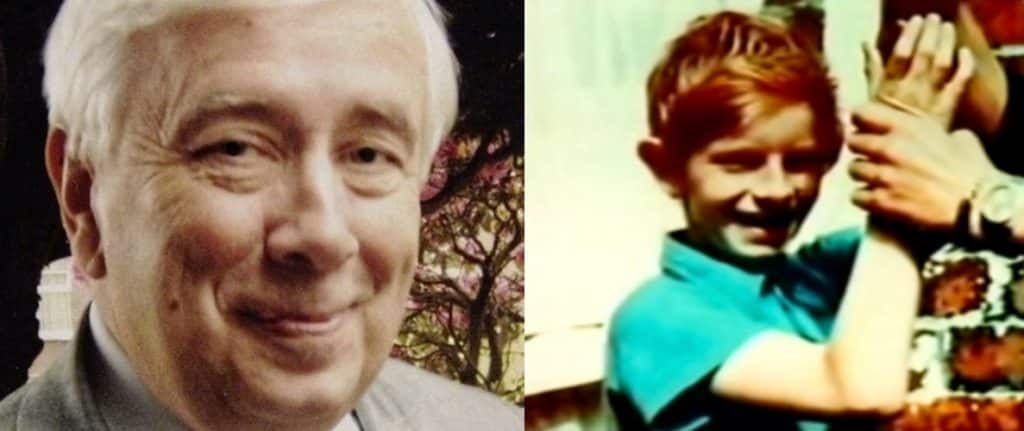
The BBC commissioned a documentary about the disappearance of these boys. It was completed in 2021 and entitled, ‘The Lost Boys of Belfast’. It was intended to be broadcast in May 2021 but was pulled by management. It is not certain if it will ever be aired. It uncovered evidence of MI5 involvement in the protection of Campbell and the Kincora cabal. RUC officers went on record in front of the cameras.
Campbell was not interviewed by any of the various inquiries into Kincora.
4. The gunrunning operations of the ‘housefather’ of Kincora, William McGrath
Colin ‘Jay’ Wyatt, joined Tara following the publication of the Tara ‘Proclamation’ of 1973 by William McGrath. Wyatt has revealed that McGrath sent him and another Tara member to Holland in 1977, to make contact with people from the extreme Right, who had supplied weapons to Tara previously.
According to Wyatt, after he returned to Belfast, a debrief was held at McGrath’s house. A distinguished-looking Englishman, whose name was not volunteered to Wyatt, was in attendance. McGrath later told Wyatt that the stranger was an ‘Under Secretary’ at the NIO who was involved in intelligence work.
Wyatt also revealed that McGrath was involved in attempting to obtain arms from South African sources.
MI6, Britain’s overseas intelligence service, must have been involved as McGrath’s mission comprehended links to the Netherlands and probably South Africa. The Chief of MI6 at the time of these endeavours was Sir Maurice Oldfield. The overall operation was probably a joint MI5-6 mission. MI5 (which is attached to the Home Office) would have taken care of the UK end of the operation, including the distribution of the weapons. How many people were shot dead by the guns McGrath imported is imponderable.
Wyatt was not interviewed by any of the various inquiries into Kincora.
5. The ‘Pastor’ who took his own life
The Kincora scandal finally came to light in January 1980. One of the abusers, another close friend of Ian Paisley, a pastor called Billy Mullen, committed suicide the following December. He was found dead with a gun beside his corpse.
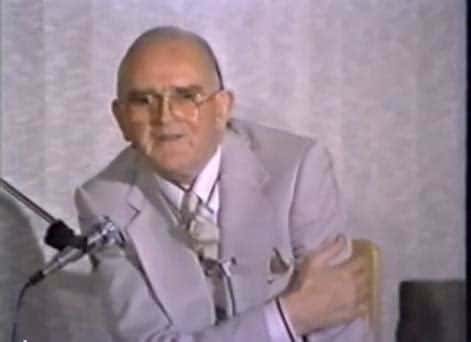
6. Robert Bradford MP, a politician with the inside track
In 1980, Robert Bradford, a Unionist MP, became appalled at what he was learning about the abuse at Kincora. He had campaigned against child pornography.
Bradford was ideally placed to inquire into the seedy world that lurked in the shadows of Kincora. He knew William McGrath. Both men were British Israelites, people who believed that the Protestants of Northern Ireland were the descendants of one of the Lost Tribes of Israel.
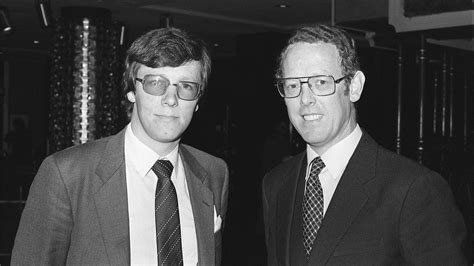
Alan Campbell was also a British Israelite, as was Ian Paisley. So too were many in the DUP. Bradford and Campbell knew each other well and often worshipped at the same church.
Bradford also knew Ken Larmour, a paedophile and friend of other members of the Kincora gang including Campbell. When shown a photograph of Bradford, one of Larmour’s former victims told Village: “I freaked out a little when I saw those old photos of Robert Bradford. That is pretty much what he looked like visiting Larmour’s Shore Road flat in 1969. He and Campbell were close [friends] of Larmour.”
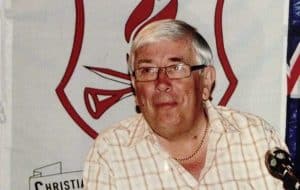
The former victim has also revealed that: “All three [i.e. Bradford, Campbell and Larmour] were close and met at Larmour’s. Larmour brought me to their church once. Seemed like a traditional church. Nothing untoward [happened].”
Larmour was not interviewed by any of the various inquiries into Kincora.
Bearing all of the foregoing in mind, it is safe to say that after McGrath was arrested for child sex abuse, Bradford was in an ideal position to establish what had been going on.
What might Bradford have known about McGrath’s links to MI5 and 6?
Members of the UVF, UDA, Red Hand Commando and Tara knew about, or were highly suspicious of, McGrath’s links to MI5 and 6.
In the early 1970s, the UVF had been allies of Tara. The UVF decided to distance themselves from Tara because of McGrath’s links to Britain’s spy agencies. Publicly, they walked out from a Tara meeting on the basis that McGrath was a homosexual.
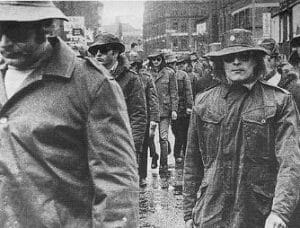
McGrath had once been a protagonist in what became the UDA. The organisation emerged from an array of vigilante groups due in no small part to the encouragement of McGrath. He wrote and distributed a leaflet in which he exhorted Loyalists to formalise their vigilante patrols into a properly constructed “army”, something that came to pass in 1971. The UDA undoubtedly knew what the UVF had learnt about McGrath. The UDA placed Kincora under surveillance, a simple task as it was located at a crossroads with plenty of adjacent hedges and fences to conceal observers, not to mention places at which vans could be parked.
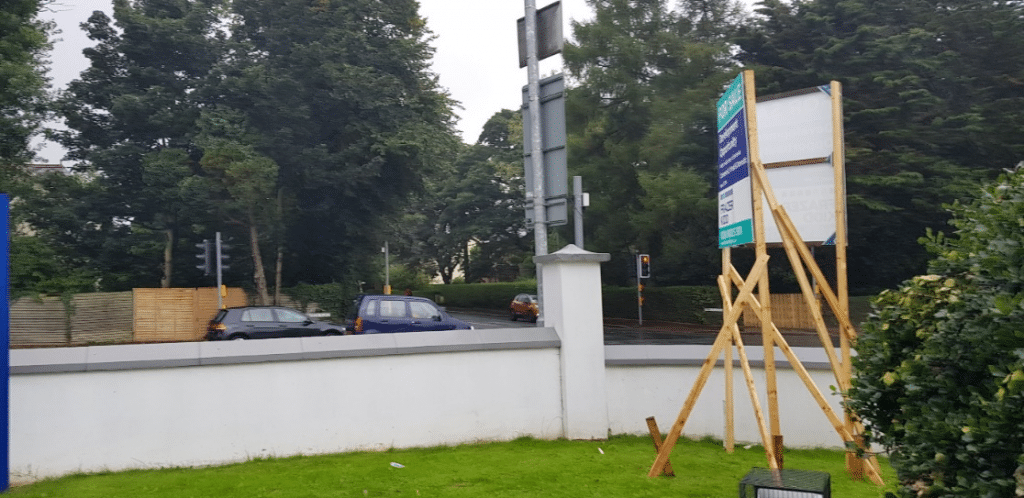
By 1980, McGrath’s background as a British spy was an item of gossip in UDA, UVF, Tara, DUP and British Israelite circles.
Bradford and thousands of others knew some or all of this. Bradford, however, was more dangerous than a street corner gossip. He was a sitting Westminster MP, i.e., he could raise the issue in the House of Commons.

McGrath’s trial was scheduled for December 1981, along with that of two other Kincora staff members, Joe Mains and Raymond Semple. Like McGrath, Mains was a British agent.
Bradford began to interview some of the Kincora boys and compile a dossier of their abusers.
Bradford was murdered a few weeks before the trial commenced.
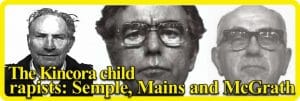
7. Inside job, the day Bradford was murdered
The IRA unit which killed Bradford consisted of Freddie Scappaticci, a British agent, and at least two other gunmen.
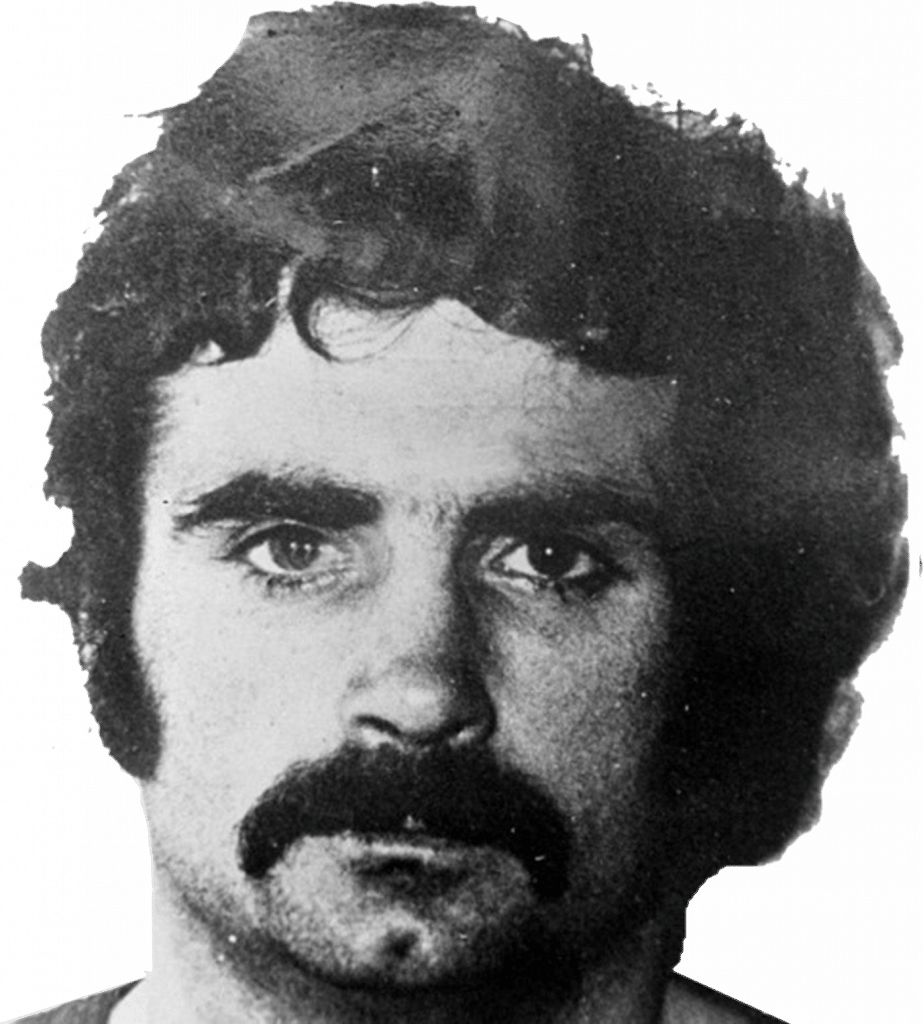
A second killer on the hit team, Joe Haughey, is believed by the IRA and journalists to have been a British agent as well.
The murder took place in a community centre in front of multiple witnesses. The assassins did not wear masks.
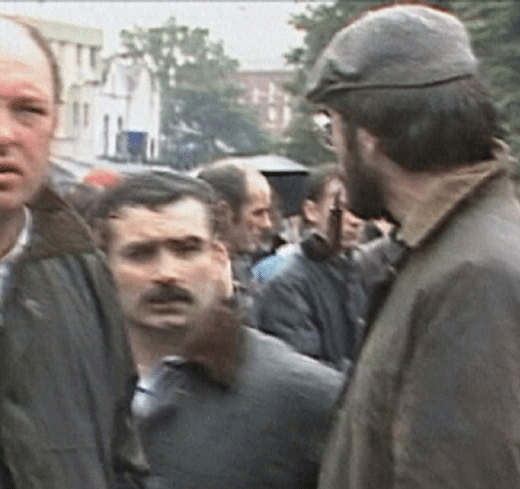
The smaller of the gang was described as stocky with sallow skin, a good match for Scappaticci, who was 5’ 3 and of Italian descent. The RUC photofit gave the assassin a moustache. One witness has since identified this individual as Scappaticci and stated as much during an interview broadcast online. The police have displayed no interest in any of this valuable first-hand evidence.
Crucial fingerprints were not taken by the RUC of those present at the centre on the day of the murder. That would have enabled them to draw up a list of those who were legitimately present at the centre and focus inquiries on any remaining prints. That was the normal procedure in all such cases. The Bradford inquiry looks like it was designed to fail.
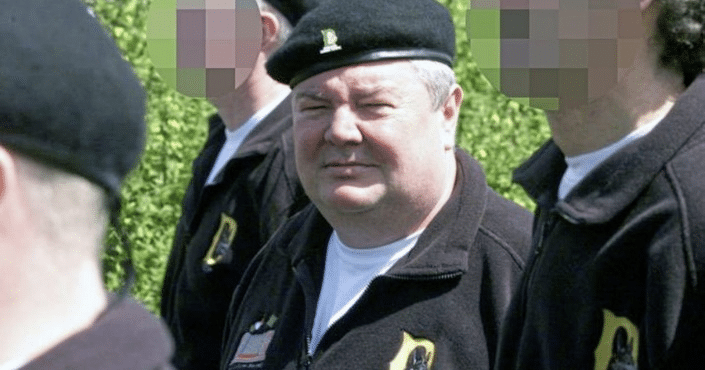
There is more: Bradford had a police bodyguard. The hitmen could have killed him but chose not to. This chimes with their being on a mission for MI5.
Scappaticci and Haughey served as the perfect shock absorbers for the hit: no one suspected the hand of MI5 in the elimination of Bradford.
Neither Scappaticci nor Haughey Witchell were interviewed by any of the various inquiries into Kincora.
The Bradford murder has never been solved.
8. James Molyneaux MP spreads a false rumour about the death of his party colleague, Robert Bradford.
James Molyneaux MP, the former leader of the Ulster Unionist Party, was a lifelong bachelor who was attracted to young men. He was also a friend of McGrath. Unlike Bradford, he had no intention of raising the Kincora scandal in the Commons.
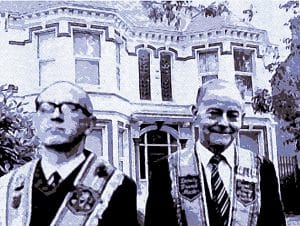
Molyneaux instead attempted to spread a rumour that Bradford’s murder was associated with wrongdoing at a Belfast hospital.
For more about Molyneaux and Kincora see: James Molyneaux and the Kincora scandal.
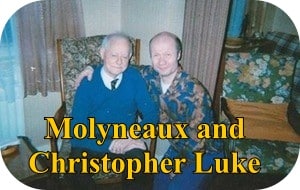
9. The article by Martin O’Hagan about Bradford’s papers. O’Hagan was later murdered by the LVF, a paramilitary organisation controlled by MI5 and RUC Special Branch.
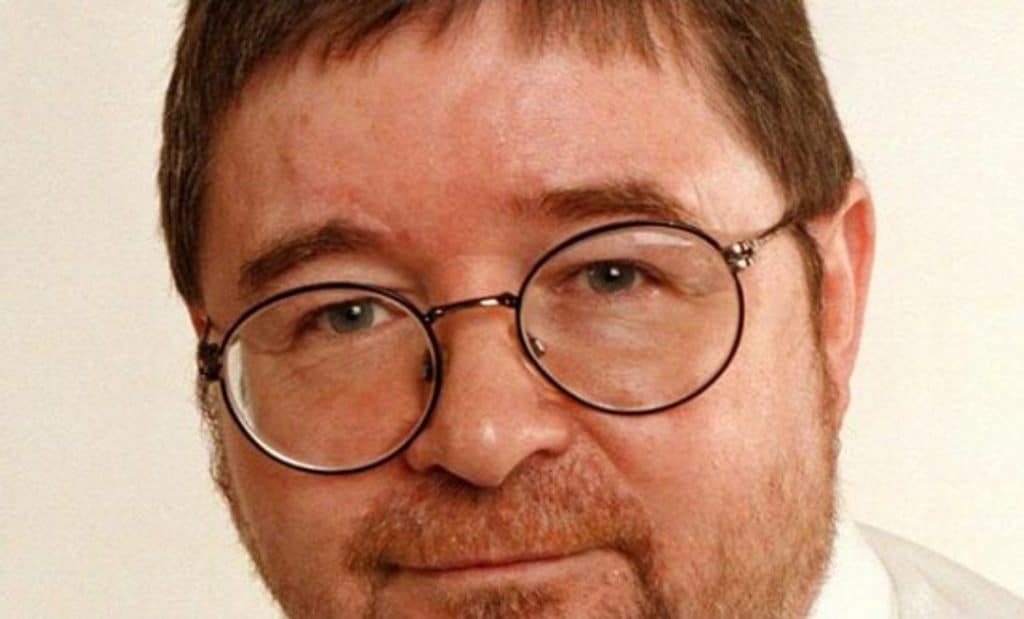
In August 1987, a copy of Bradford’s dossier was reported to have turned up in the hands of a Loyalist colleague in Portadown. The author of the piece was Martin O’Hagan. His report appeared in the Sunday World. O’Hagan was an investigative journalist with a particular interest in Loyalist terrorists and their links to British intelligence. O’Hagan’s piece about Bradford and Kincora was but one of many articles that exposed MI5 and RUC’s dirty tricks. He was assassinated in 2001 by the Loyalist Volunteer Force (LVF), a group once commanded by a British agent called Billy Wright.
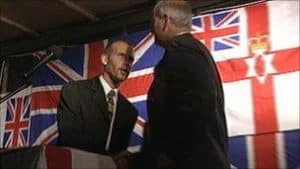
Wright was murdered by the INLA in December 1997 – before O’Hagan was murdered. Wright was a prisoner inside the Maze. The assassination of Wright – while serving a prison term – by the INLA involved staggering lapses of security. Many observers suspect MI5 were complicit in Wright’s death. He took many of their most sensitive secrets to his grave, including the names of those he recruited to work for MI5. The odds are high that the LVF was always controlled by MI5 and the assassins who shot O’Hagan were British agents.
Wright is one of a group of MI5/6-military intelligence proxy assassins who died prematurely. Others include Tommy Herron of the UDA (34, shot in the head); Tommy Lyttle of the UDA (aged 56, from a heart attack); Brian Nelson of the UDA (aged 55, reportedly from a brain haemorrhage followed by a heart attack); Robin Jackson of the UVF (49, lung cancer). They all took the secrets of their dealings with British intelligence to the grave with them. John McKeague’s murder will be discussed in sections 13-15 below. He was aged 51 or 52.
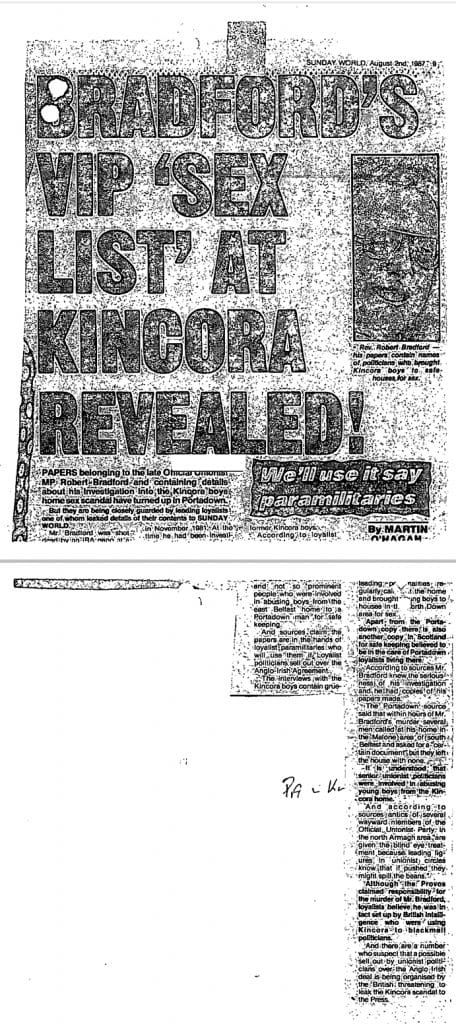
10. Operation Kenova, another failed inquiry
Scappaticci may have killed over 30 people. Operation Kenova, led by Jon Boutcher, was set up to establish what Scappaticci did while a British agent.
Scappaticci was arrested by Operation Kenova in 2018. It uncovered his interest in bestial pornography, something for which he was convicted. He died in April of 2023.
Joe Haughey passed away in December 2018.

If Scappaticci and Haughey did not kill Bradford because of Kincora, why did their handlers not stop them?
It is not known if Boutcher has asked for any information about the Bradford hit from MI5. In any event, it is inconceivable that Boutcher would be granted sight of MI5’s true file on Bradford.
While Boutcher is trusted by the families of the victims, he is surely aware by now of the depth and murkiness of the sea into which he has been cast. Sadly for all concerned, it is unlikely in the extreme that he will ever fathom the true breadth of the Scappaticci abyss. Like the Royal Family, MI5 is above the law.
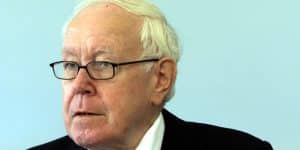
Scappaticci visited Dublin in secret in 2007 for a meeting with the Smithwick tribunal. He did little more than use the opportunity to deny he was a British agent. He did not give evidence in public. He was awarded €382,270 in costs.
11. The RUC cover-up
In early 1982 the media began to report on a number of the more disturbing aspects of the Kincora scandal, especially the failure of the RUC to halt the rape of the boys, despite their long-standing knowledge of the scandal.
In 2022, the Police Ombudsman ripped apart the tapestry of lies that the RUC had woven over the decades by confirming that the force had known about the abuse of boys at Kincora for years before it was exposed.
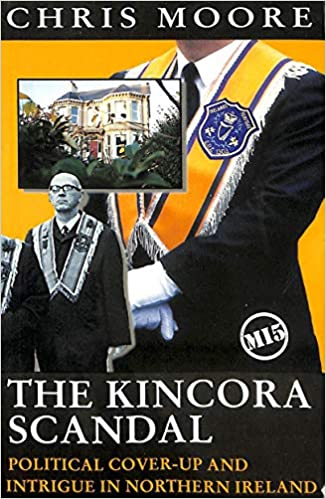
Chris Moore, the BBC NI investigative journalist who led the charge on Kincora in the early 1980s, learnt from ‘David’ an officer in the RUC that in the mid-1970s:
David’s inquiries [had] led him to Kincora. He began to watch Kincora. He built up a profile of people coming and going at Kincora who had no legitimate business in going into the building. He told me he took photographs of individuals; captured car registrations and identified the owners. Among those he says he positively identified were Justices of the Peace; two police officers; businessmen and two Englishmen who were officials from the Northern Ireland Office based at Stormont.
‘David’s’ inquiries were shut down by his superiors.
What is clear from the foregoing– and other events – is that the RUC knew all about Kincora before they began the pretence of an investigation. In reality, they were participating in a State cover-up.
12. The RUC gathers the dirt on MI5, but for their own purposes.
In early 1982, RUC CID officers began to circle around John McKeague, a well-known paedophile who was a close friend of the three Kincora employees who had been convicted and imprisoned in December 1981. He was also a terrorist and a British agent. He had first worked for British military intelligence and, later, for MI5.
The RUC team, led by George Caskey, was asking some of the right questions but, as events would prove, Caskey was the driving force behind the cover-up. His industry was probably motivated by a desire to accumulate dirt on MI5 so the RUC could rely upon it in their various power struggles with MI5, but only behind the scenes.
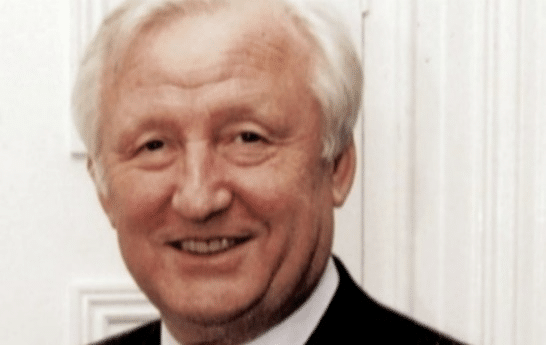
As the sex abuse at Kincora was ostensibly a crime, it fell to the RUC to investigate. Of course, it was much more than that, and everyone working as a high level in security and intelligence in Northern Ireland knew it. A performance, however, had to be staged for the public, with the sacrifice of scapegoats. The fact that the RUC was in such a pole position underlines why Scappaticci did not kill the police officer who was acting as bodyguard for Robert Bradford MP. Had he been killed, the rage of the RUC might have been inflamed to the point where they refused to participate in the cover-up.
13. McKeague, a British agent, is targeted by the RUC
Jack Holland and Henry McDonald, authors of the highly regarded book, ‘INLA Deadly Divisions’, have described how an “intelligence agent who says he was McKeague’s handler confirmed to the authors the former loyalist leader was supplying information to the British from the early 1970s. This man had been McKeague’s handler up until 1976; after that his contact was less frequent, as the value of McKeague’s information declined, mainly because of the fact that other loyalists intensely distrusted him. Still, his handler would visit him in his shop regularly to pick up whatever McKeague had to offer”.. (p.307)
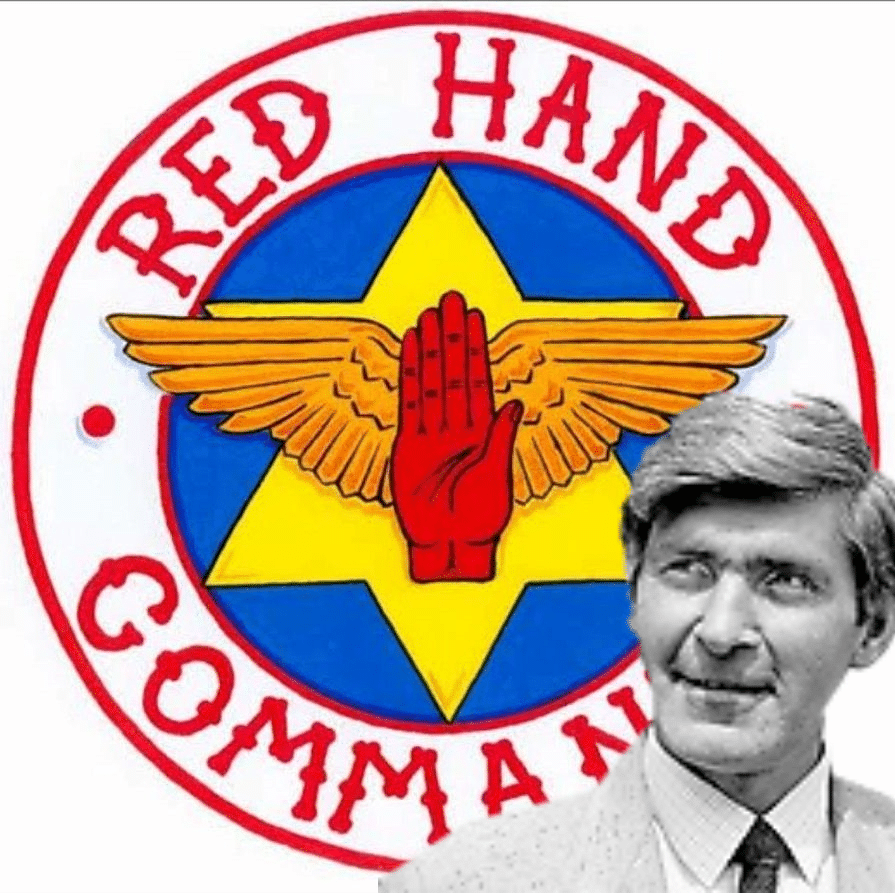
McKeague was less forthcoming for another reason: in 1976 he was poached by MI5 via blackmail, as revealed by Captain Brian Gemmell. Gemmell worked with MI5 and reported to Ian Cameron at HQNI, Lisburn. Gemmell was present at meetings at which MI5 officers discussed recruiting McKeague via blackmail relating to his sexual activities.
McKeague was involved in multiple abductions, torture sessions and murders. He was commander of the Red Hand Commando (RHC). The RHC was responsible for many brutal slayings, including that of Seamus Ludlow in the Republic of Ireland. The RHC gang that killed Ludlow reported directly to McKeague.
McKeague was picked up and questioned by the RUC in January 1982.
Here was a man who really knew what had been going on.
14. A Red Hand Commando threatens to spill the beans
McKeague’s military intelligence handler told authors Holland and McDonald “that sometime in January 1982 he learnt that McKeague was about to ‘go public’ on what he knew concerning the Kincora Boys Home scandal” (p. 308). That was a fatal call.
To those in the CID who were not infected by the contagious immorality of the NIO/MI5/6, a major breakthrough beckoned.
To those only interested in collecting dirt on MI5 for the benefit of secret RUC tussles with the British spies, a golden opportunity was presenting itself.
The obvious next step was to heap the pressure on McKeague and ascertain at whom he would point his finger, especially one of his close friends, a rising figure in the DUP.

Since McKeague was extremely close to the staff at Kincora, especially Joe Mains, he undoubtedly knew that Mains had trafficked boys to Mountbatten.
Mountbatten was known and admired in Belfast’s paedophile and pederast community. When he died, Ken Larmour, another member of the Kincora paedophile ring, shed tears in front of a boy he – Larmour – was abusing. The former victim has described to Village how Larmour said of Mountbatten that “he had been so good to the boys in Belfast. Ken talked about the circle as the old Greek Culture of adult men mentoring young boys. It was an upper-class view of paedophilia.”
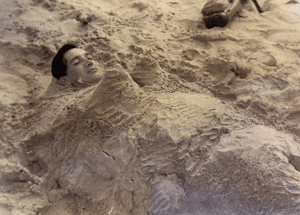
Larmour was part of a circle which included Alan Campbell, McKeague and other abusers. They thrived on gossip and scandal. It is inconceivable that McKeague did not know about Mountbatten.
MI5 must have been terrified that this gossip might – or had – reached Robert Bradford, that is until Scappaticci, Haughey and the third IRA hitman took him out of the picture at the end of 1981.
The fact McKeague knew chapter and verse about the ‘honey trap’ which had been set for the ‘Wife Beater’, a rising star in the DUP, on the first floor of the Park Avenue hotel in Belfast, must have been of immense concern to MI5 too.
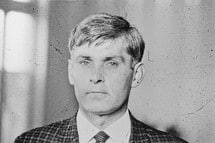
If McKeague was to ‘go public’ or even speak to the RUC’s CID, the prospect of chaos loomed: soon members of the vice network might be fighting like ferrets in a sack in the interest of self-preservation and MI5’s role in the hellscape that was Kincora might spill out.
15. British agents in the INLA assassinate McKeague before he blows the whistle
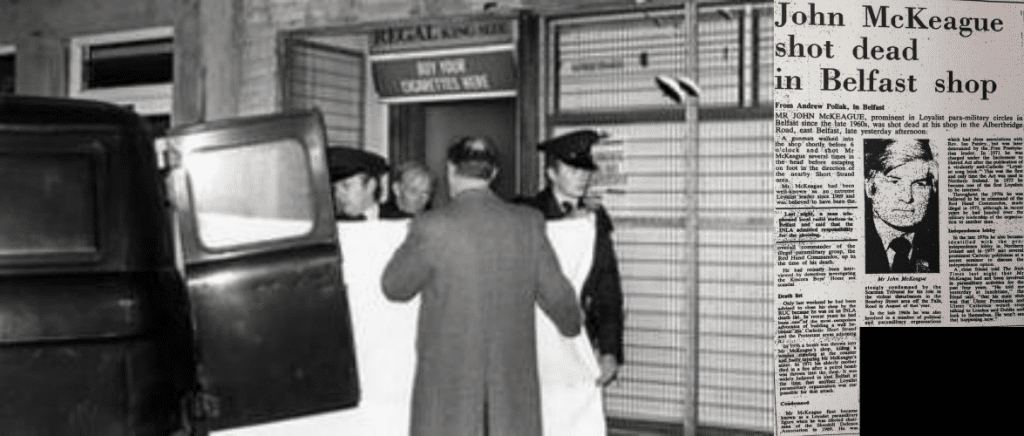
MI5’s concerns about McKeague were solved permanently on 29 January 1982, when he was assassinated at the shop he ran on the Albertbridge Road in Belfast by a two-man unit of the INLA. One of them shot him in the head at close range in the presence of an elderly assistant. According to Holland and McDonald, “Two men were involved, escaping on foot into the Short Strand. One of the men is known to have been working for the [RUC’s] Special Branch, and the other is also alleged to have had security force connections”. (p 308)
Holland and McDonald have revealed that Rabbie McAllister, an INLA member who was an RUC Special Branch agent, was arrested on 5 February 1982, a few days after McKeague’s assassination. He provided the RUC with a statement revealing details about the activities of other INLA members. (p. 308)
According to Holland and McDonald:
The McKeague killing was not mentioned by McAllister in his statement, though he is alleged to have been part of the unit that carried it out. This raises another complex problem. A former leading member of the INLA reported that no-one in the organisation knew who gave the order for McKeague to be shot. This is more intriguing still in the light of the allegation that McKeague himself was working for British army intelligence. (p. 309)
Holland and McDonald also revealed that while McAllister was in jail, “he approached a senior member of the Belfast INLA” who told him that:
British intelligence had helped set up McKeague. They had guaranteed that there would be no foot patrols in the area when the [McKeague] assassination took place. It is also alleged that the eighteen-year-old gunman who actually shot McKeague made a long statement outlining his involvement in working for the security forces, and left it in the keeping of a Belfast priest.
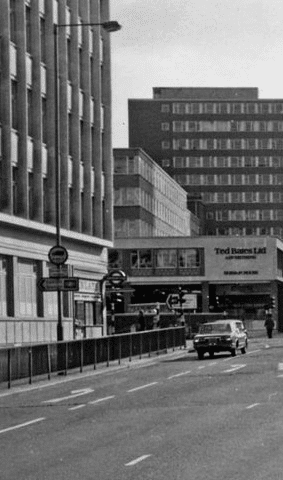
16. Joss Cardwell takes his own life
Another loose end was tied up when Joss Cardwell took his life on 25 April 1982. He was a key member of the Kincora cabal. Cardwell, a 70-year-old bachelor, Unionist councillor and former Stormont MP, was the chairman of the welfare committee which oversaw Kincora and other care homes. He died in the front seat of his car in the garage at his Belfast home from carbon monoxide poisoning after being interviewed by the RUC about his visits to Kincora.
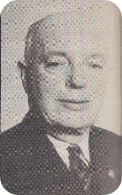
Cardwell had arranged for boys to be trafficked to various locations, including England. On one of those trips, a boy from Kincora was abused by a young English TV actor who, in more recent years, was the winner of a major TV celebrity competition.
17. The murder in University Square
On 7 December 1983, Edgar Graham, a 29-year-old Unionist politician, was murdered at Queen’s University by a member of the Belfast IRA. Bearing in mind that Scappaticci, Joe Haughey, John Joe Magee, Brendan ‘Ruby’ Davidson (a paedophile), Denis Donaldson (a victim of sexual blackmail) Roy McShane, Martin McGartland and other key Belfast Provos were British agents, questions have to be asked about this murder too, i.e., why was it never solved? The motive attributed to the IRA was risible, i.e., that Graham was an articulate man who might one day rise to lead the Unionist Party.
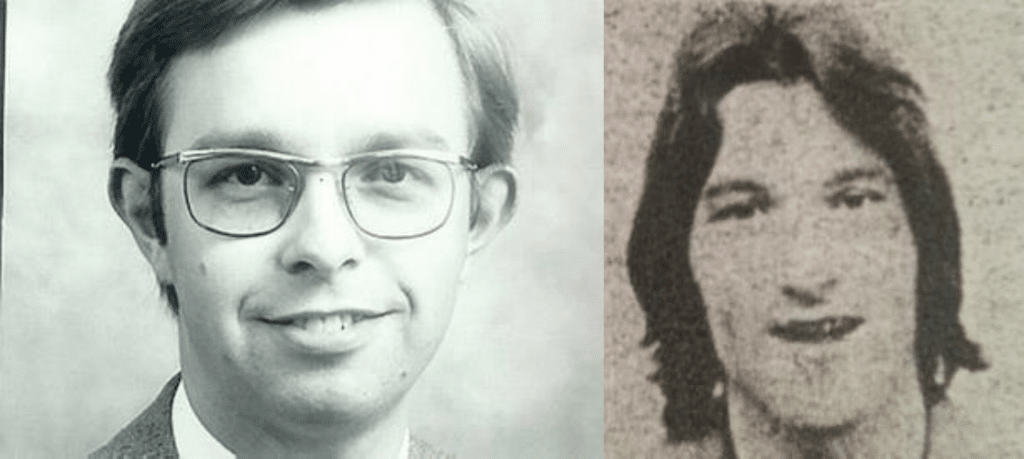
A more likely explanation is that MI5 was concerned about Graham’s inquiries into the activities of Albert ‘Ginger’ Baker, a former British soldier who had become a UDA hitman.
Baker, known to his handlers as Agent ‘Broccoli’, had suffered some sort of a nervous breakdown in 1973. He confessed his guilt in a series of brutal murders to the Warminster County police during a return trip to England. His handlers did not have an opportunity to act before the Baker cat jumped out of the bag. Damage limitation became the order of the day. Baker was put on trial, pleaded guilty and was sent to prison. His role as an agent did not surface.
In July 1988 Baker, still in prison and disgruntled, told Ken Livingstone MP (later Mayor of London) what he knew about Kincora. “The whole Inner Council of the UDA knew about it”, he revealed, “but no Inner Council members were involved in it. There were politicians and senior Northern Ireland Office officials involved in it. I know one who’s in the House of Commons. He’s one of your own [i.e. British Labour Party] men”. He also revealed that: “Well, as far as they were concerned it was being organised by British Intelligence and they kept away from that. They knew the intelligence services were running it”.
Graham was, apparently, investigating Baker’s links to British intelligence. If he was ever to speak to Baker, the issue of Kincora would have arisen, just as surely as it did during Livingstone’s discussions with Baker a few years later. Baker is still alive. Not one of the multiple inquiries into Kincora over the decades ever interviewed him.
Like Bradford, the Graham murder has never been solved. This despite the array of British agents inside the Belfast IRA who surely knew who fired the shots.
18. Framed for Murder
Colin Wallace was a PSYOPs officer at the British Army’s HQ at Lisburn. He tried to expose the Kincora scandal in the 1970s. After the scandal broke in 1980, he was framed for manslaughter and served over six years in prison. His reputation was later restored to him and he received compensation.
Sir George Terry and a team of deeply corrupt Sussex police officers were responsible for the miscarriage of justice.
Terry was the same officer who headed an inquiry into Kincora in the early 1980s which concluded that the only abuse at Kincora had involved that of the staff.
Terry’s report has since been exposed as a fraud containing lies.
The shocking treatment of Colin Wallace is beyond the scope of this article, but a 60,000-word account of it can be found in the free online ebook, ‘Operation Clockwork Orange’ which can be found here: https://coverthistory.ie/2023/02/23/the-first-installment-of-covert-ireland-historys-new-30000-word-digital-pamphlet/
See also: https://coverthistory.ie/
19. Let them be remembered for their crimes and nothing else
There are too many British intelligence officers guilty of crimes outlined in this article to name. However, Sir Michael Hanley, D-G of MI5, 1972-78; Sir Howard Smith, D-G, 1978- 81; Sir John Jones, deputy D-G, 1976-81, and D-G, 1981-85, shoulder the heftiest measure of blame. In MI6, the finger of opprobrium points squarely at Sir Maurice Oldfield, deputy chief, 1965-73, chief, 1973-78, and NI Security Co-ordinator, 1979-80.

Ideally, a photograph of another man of indisputable evil should appear here. Unfortunately, no picture of him has ever surfaced. He was Ian Cameron. He ran MI5 operations in Northern Ireland, in the mid1970s, from his office at British Army HQNI at Lisburn. A poor photograph of his superior, Denis Payne, also of MI5, who was based at the NIO, is available.
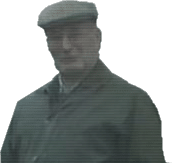
The Kincora scandal is not going to disappear into the sinkhole of history. Too much has emerged for that to happen. There is still plenty to uncover.
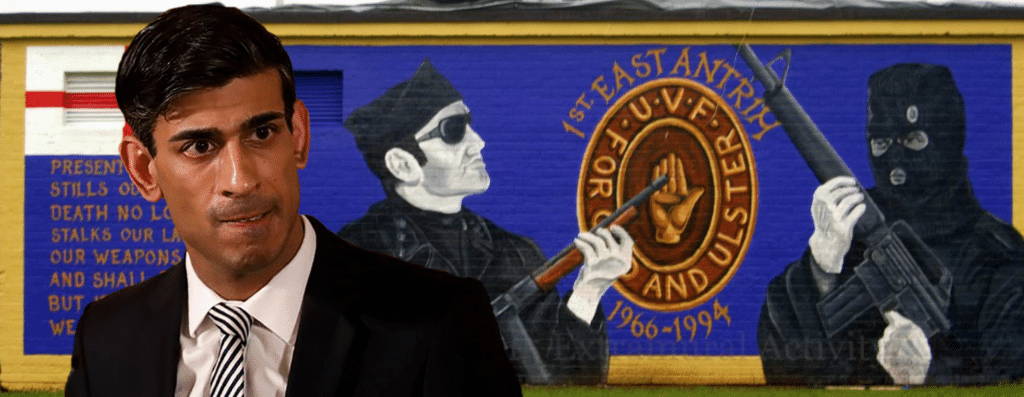
The greatest single obstacle to establishing the truth at present is Rishi Sunak. His government has decided to proceed with the so-called ‘legacy legislation’ which will shut down many opportunities to unearth the truth about Kincora and other MI5 and 6 dirty trick operations in Ireland.

David Burke is the author of ‘Deception & Lies, the Hidden History of the Arms Crisis 1970’ and ‘Kitson’s Irish War, Mastermind of the Dirty War in Ireland’ which examines the role of counter-insurgency dirty tricks in Northern Ireland in the early 1970s.
His latest book, ‘An Enemy of the Crown, the British Secret Service Campaign against Charles Haughey’, was published on 30 September 2022.
These books can be purchased here:
https://www.mercierpress.ie/irish-books/kitson-s-irish-war/
https://www.mercierpress.ie/irish-books/an-enemy-of-the-crown/
https://www.mercierpress.ie/irish-books/deception-and-lies/
Other stories published by Village which exposed UK VIP child sex abuse scandals:
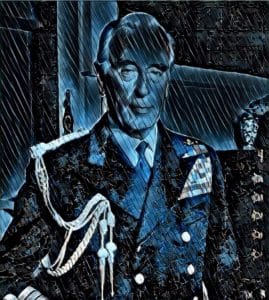
Mountbatten, the Royal who abused boys aged 8-12.
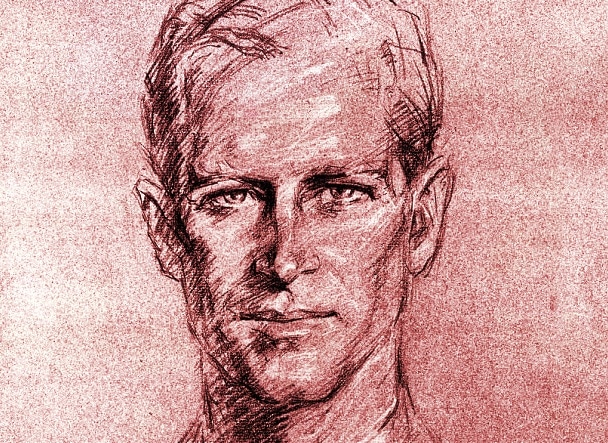
Prince Philip’s infidelity, love children and the Profumo scandal.
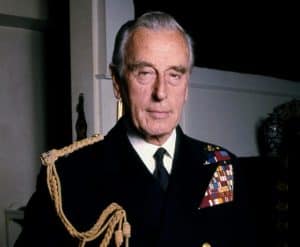
SECOND UPDATE: Kincora boy abused by Mountbatten committed suicide months later.
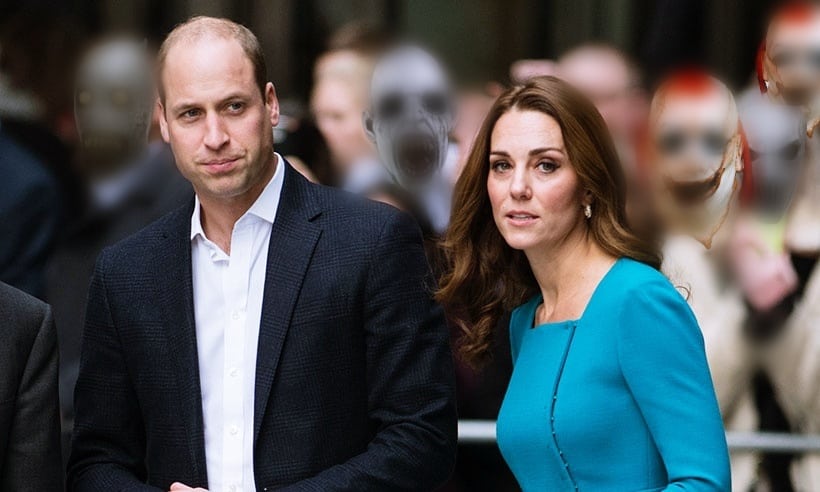
With regard to Prince Andrew: The Prince, the pauper and the paedophile peer: the dangerous questions the BBC failed to ask.
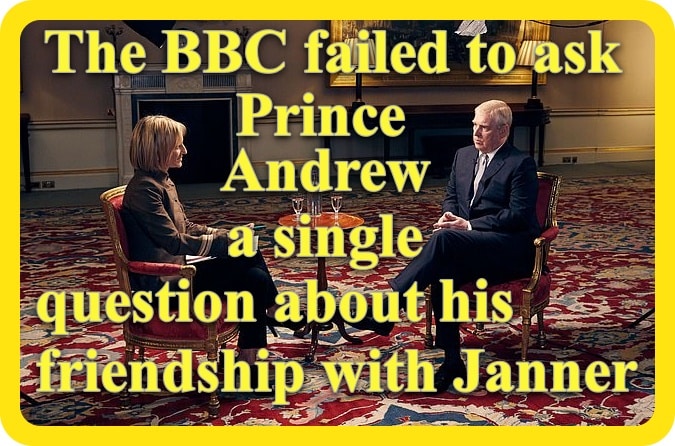
With regard to Roy Cohn who was Donald Trump’s mentor: Trump’s mentor: another sociopathic paedophile child-trafficker in the mix; from Roy Cohn to Epstein and Maxwell.
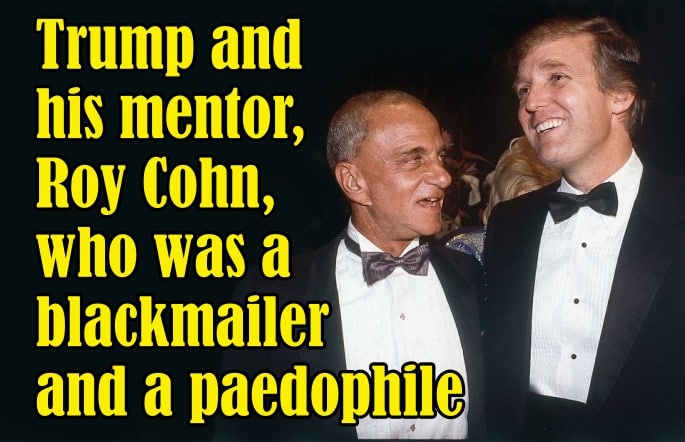
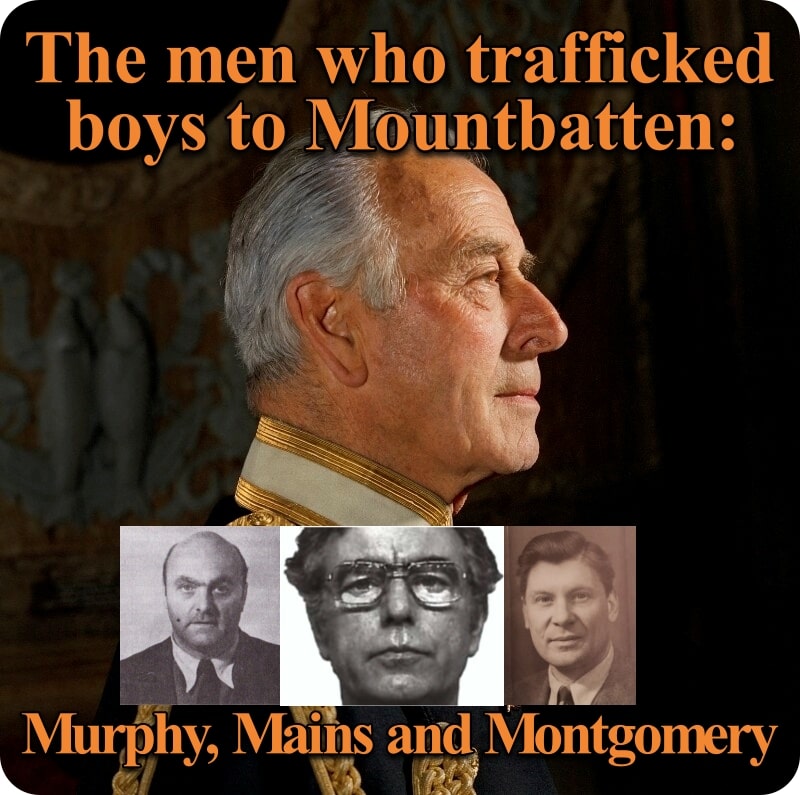
Meghan Markle and the ABC-Buckingham Palace Child Sex Abuse Scandal: Meghan Markle and the ABC-Buckingham Palace sex-abuse scandal
The plot to discredit victims of VIP sex abuse: Carl Beech and the ‘Useful idiots’ at the BBC. The incompetence of the BBC has now made it a pawn in the cover-up of VIP sex abuse. The darkest forces in MI5 and MI6 are the true beneficiaries of its ineptitude.
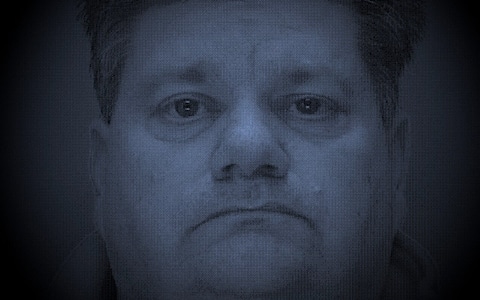
With regard to Enoch Powell: Suffer little children.
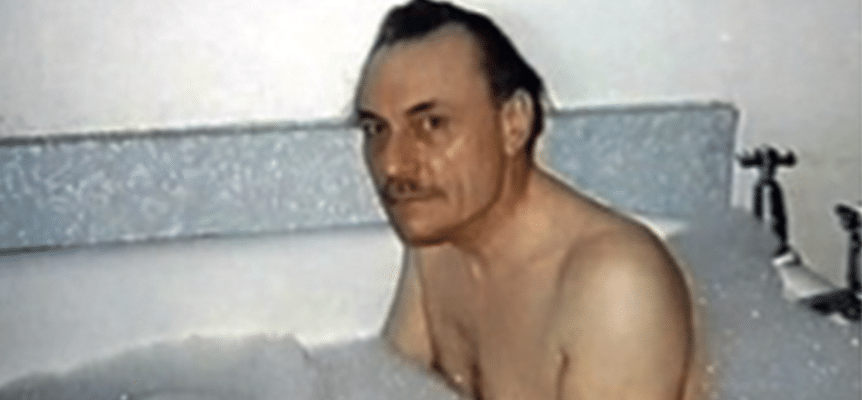
With regard to former British prime minister Ted Heath: Not just Ted Heath: British Establishment paedophilia and its links to Ireland
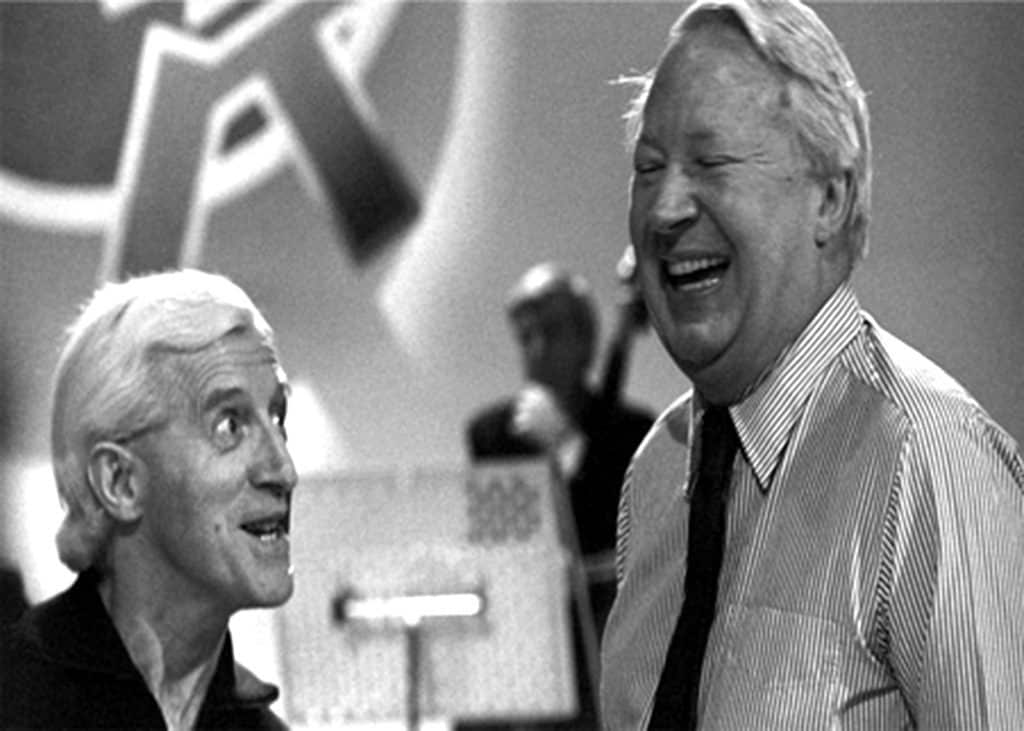
With regard to Margaret Thatcher, MI5 and the murder of the lawyer Patrick Finucane: Thatcher’s Murder Machine, the British State assassination of Patrick Finucane. By Joseph de Burca.
